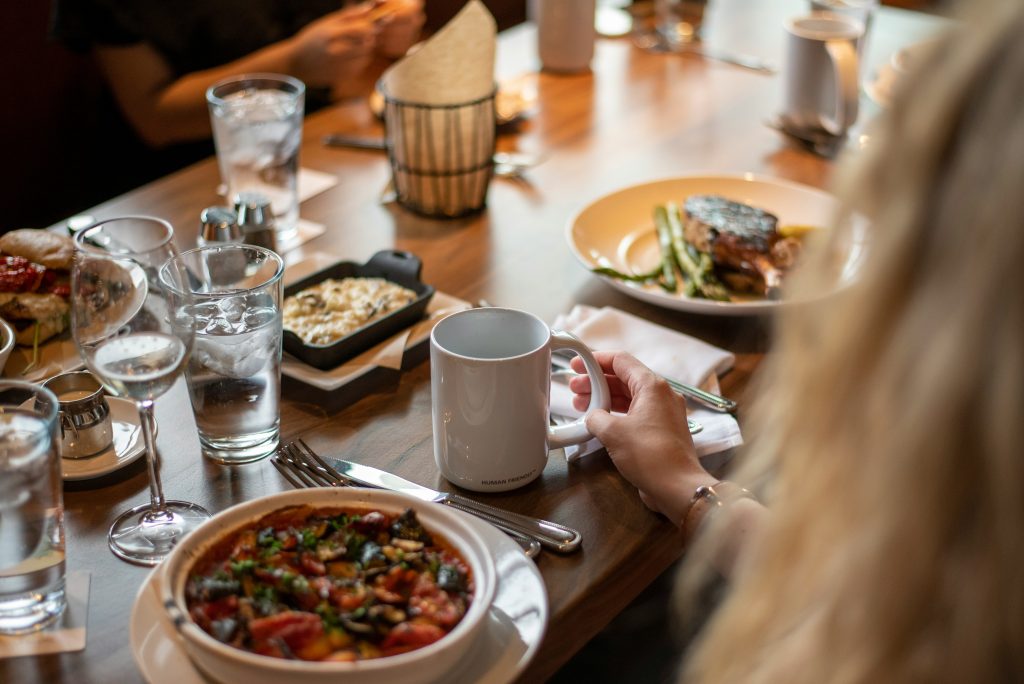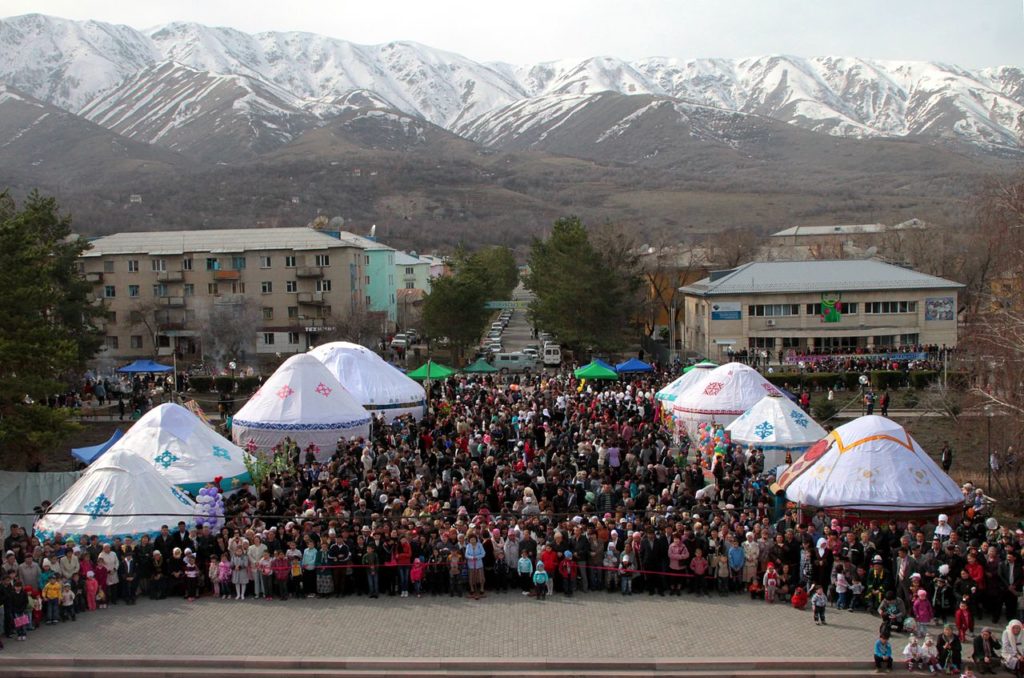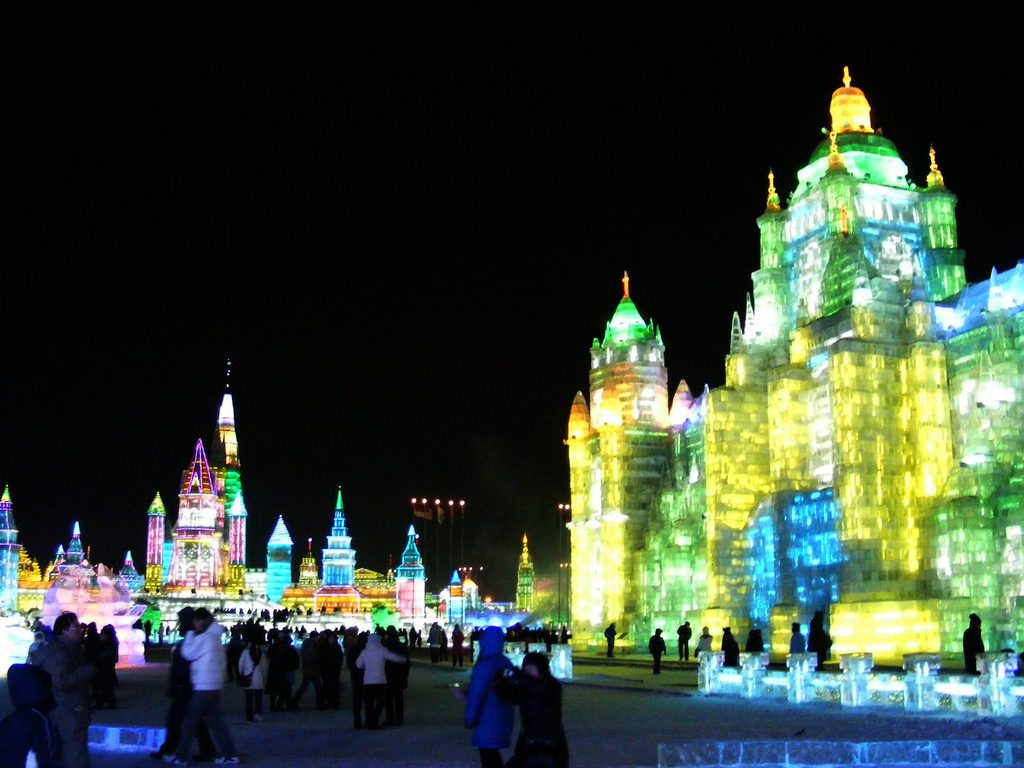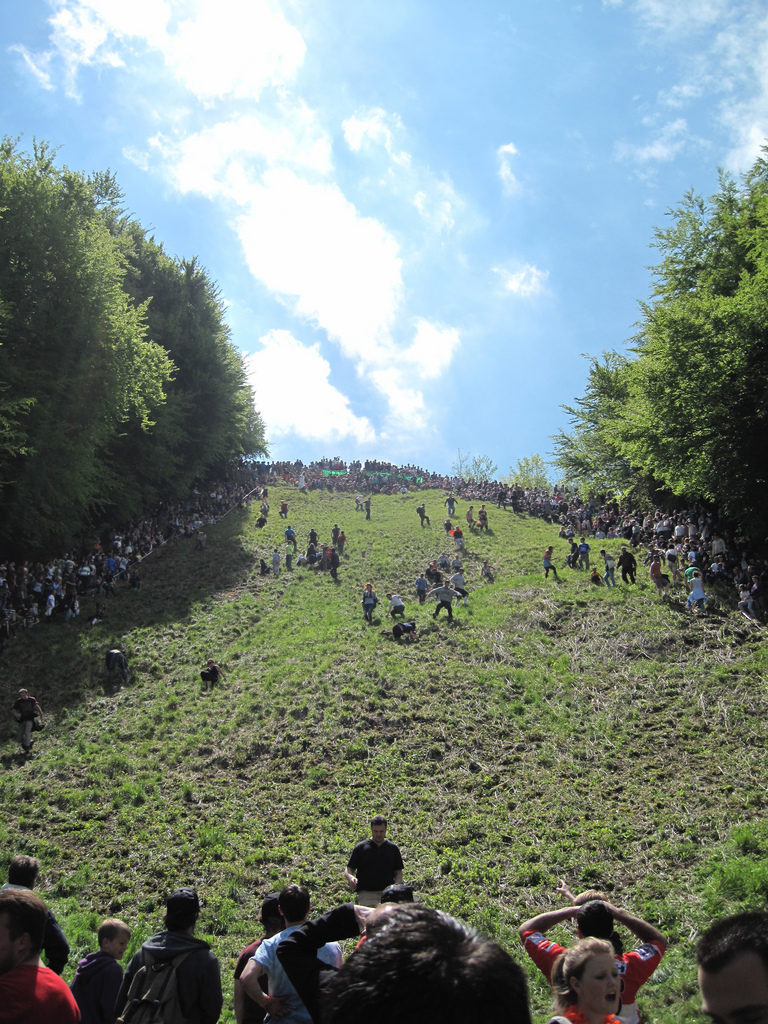Every corner of the globe hides a story behind how people gather to eat. Some meals are shared at candlelit tables, while others take place hundreds of feet in the air, beneath the ocean, or deep inside frozen chambers. The world’s strangest dining setups show how creativity and design can transform something as simple as eating into an adventure. These spaces challenge expectations, revealing that a table is never just a table. It can be a stage for innovation, culture, and even bravery.
Dining experiences like these tell us a lot about who we are and what we value. Around sixty percent of travelers now say they pick restaurants based on how unique or beautiful they are. Social media has amplified this desire, turning unusual restaurant tables into global sensations. Behind every bizarre setup lies a story of craftsmanship, engineering, and imagination. Each one reflects the culture or geography it came from, giving us a taste not only of food but of human creativity itself. The question is simple: if there were no limits, where would you want your next meal to take place?
From sky-high meals to icy retreats, from caves to floating tables, the world is full of dining experiences that redefine what it means to sit down for dinner.
Dining Tables That Defy Gravity
High above city skylines, there are restaurants where guests dine while suspended by cranes. These sky tables bring thrill-seekers and food lovers together for an unforgettable meal that combines fine dining with adrenaline. The engineering behind them is astonishing, keeping each table perfectly balanced and secure hundreds of feet in the air. Safety harnesses, reinforced steel, and professional crews make the experience as thrilling as it is safe.
Up to twenty-two people can be seated around one of these airborne tables, enjoying multiple courses as the skyline changes beneath their feet. Panoramic views turn every meal into a show. In places like Dubai, Las Vegas, and Kuala Lumpur, the idea of dining with the clouds has become a must-try attraction. The play of wind, light, and sound creates an atmosphere unlike any other restaurant on the ground. It is no surprise that extreme dining experiences have grown nearly forty percent in the past decade. These sky tables remind us that design and technology can literally elevate the way we eat.
Dining Below the Surface
Imagine a dinner surrounded by coral reefs and colorful fish gliding silently past. Underwater restaurants have made this possible, offering guests a view of ocean life through crystal-clear acrylic domes. Each table is positioned to give a full panoramic view of the underwater world. The architecture and materials behind these places are as impressive as the scenery, built to withstand pressure, humidity, and time.
Guests sit comfortably while oxygen levels and visibility are carefully managed. Meals are served with the soft play of light filtering through the water above, creating a surreal atmosphere. Many of these restaurants also fund marine conservation, combining luxury dining with environmental awareness. Some have waiting lists that stretch for months. Designers even craft tables specifically to resist salt exposure, blending artistry with engineering. Island nations report that underwater dining has boosted tourism by more than twenty percent, showing just how powerful an experience like this can be.
Dining in Ice and Snow
Deep in the heart of winter, there are restaurants built entirely from ice. The tables, chairs, and even the plates shimmer in frozen blue light. These ice hotels and dining halls are sculpted anew each year, crafted by artists and builders who shape snow and frozen water into magical spaces. Despite the freezing temperatures, thermal design keeps the food warm while diners stay cozy under reindeer hides or thick thermal cushions.
Inside, the glow from candles and LED lights reflects off the icy walls, making the furniture seem alive. Temperatures often dip to around minus five degrees Celsius, turning each meal into a test of endurance and wonder. The art of ice carving transforms these tables into glowing sculptures, both functional and beautiful. Tourists seeking adventure and art flock to these sites, with Scandinavia and Canada leading the way. Seasonal ice dining has even helped boost local winter tourism by up to eighteen percent. Here, the table is more than a surface; it is a masterpiece that melts with the season itself.
Nature’s Own Tables
There are places in the world where dinner is served not in buildings but within the heart of the earth. Cave and cliffside restaurants offer a return to nature, using rock formations as walls, tables, and inspiration. These natural settings blend comfort with wild beauty, where the sound of waves or wind replaces background music.
Some of these restaurants build tables directly into stone or overlook vast canyons and coastlines. Lighting is soft and warm, using candles or amber fixtures to highlight the rough texture of the rock. Many are built sustainably, using solar energy or recycled materials to reduce their impact. Guests often describe the experience as both grounding and spiritual. These spaces have become popular for proposals and destination weddings, where romance meets raw natural design. The growing demand for eco-immersive dining shows that people crave authenticity, beauty, and connection in every meal they share.
Dining in Motion: Tables That Travel
For those who prefer movement with their meal, traveling tables offer an entirely different kind of thrill. These include elegant train dining cars, riverboats, and even Ferris wheel restaurants. Each one blends fine dining with exploration, where the view outside becomes part of the experience.
Luxury train dining recalls the golden age of travel, complete with polished wood, silverware, and gourmet menus. On the water, modern cruise ships feature retractable tables that adjust automatically to the waves. Some are equipped with stabilizers to keep glasses steady and meals secure. The sounds of the tracks or the gentle motion of the sea become part of the rhythm of the meal.
Diners often say that eating on a moving table feels like stepping into a time machine that blends nostalgia with novelty. The demand for themed travel dining has surged in recent years, turning journeys themselves into destinations.
The World’s Most Unusual Traditional Tables
Not every unusual table relies on modern design. Many of the world’s most fascinating dining setups are rooted in ancient traditions. In Japan, people still enjoy meals seated on tatami mats around low tables, while in desert regions, dining takes place on the sand itself. In Bali and Thailand, floating meals on pools have become a symbol of luxury and serenity.
These arrangements reflect centuries of heritage, climate, and community. The shape and material of a table can even hold symbolic meaning, from unity to purity or spiritual balance. Minimalist floor dining in Asia emphasizes humility and closeness, while large communal tables in the Middle East celebrate sharing and abundance.
Many modern restaurants now borrow these traditional setups, merging them with contemporary design. Nearly seventy percent of restaurants worldwide include at least one culturally inspired design element, showing how the past continues to shape how we eat today. Every unique tradition was once just a local habit that evolved into a defining cultural identity.
When Dining Becomes Discovery
Around the world, people have reimagined the simple act of dining. From floating tables to frozen halls, each unique setup shows that creativity knows no limits. The table has become more than furniture; it is a storyteller that connects culture, design, and imagination.
Behind every unusual meal lies vision and courage. Whether carved from ice, suspended in the air, or glowing with digital art, these tables turn eating into discovery and shared memory. Each one reflects the spirit of its place and people. The strangest tables often spark the most meaningful conversations, reminding us that dining can be an adventure worth remembering.





